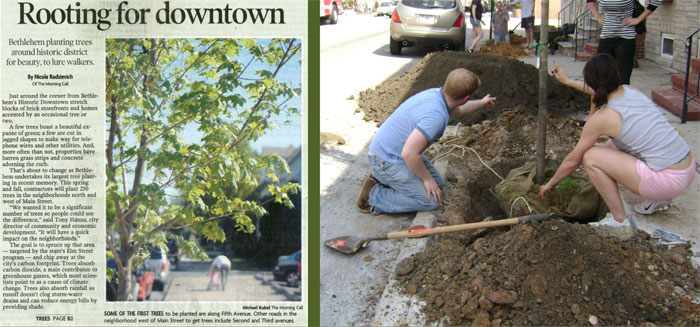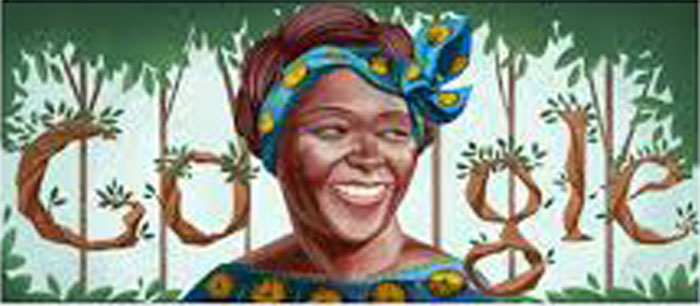Other resources
The first step in any effort to promote the planting and maintenance of streets is to be able to identify them by species. The National Arbor Day Foundation has an excellent website that makes this easy. Among the website's many virtues is an illustrated guide allowing visitors to identify virtually every tree growing in American cities and towns. You can buy their guidebook, or your can simply bookmark their website on your i-Pad to carry with you in the field. (If you don't buy the book, however, you ought to send them a donation.)
i-Tree
It's important to take an inventory of the street trees that already exist in your community. Although there are lots of fancy computer programs, we prefer a simple Excel spreadsheet that anyyone can develop and share. In Excel, it's easy to sort trees by species, size, or any other information you put in. Here is a pdf of Pottstown's street tree inventory.
Once you have your inventory completed, you can then start measuring their benefits to the community. As we discussed on the Cost-Benefit page of this website, we can best win community support for street trees by quantifying their benefits in dollars. The U. S. Forest Service and Davey Tree Expert Co. make this easy through their i-Tree computer program, which anyone can download free from the i-Tree website. Using the i-Tree program., we were able to calculate the annual benefits of Pottstown's 3,116 street trees are more than $300,000 annually. In addtion, we could demonstrate the replacement value of the trees is nearly $13 million.
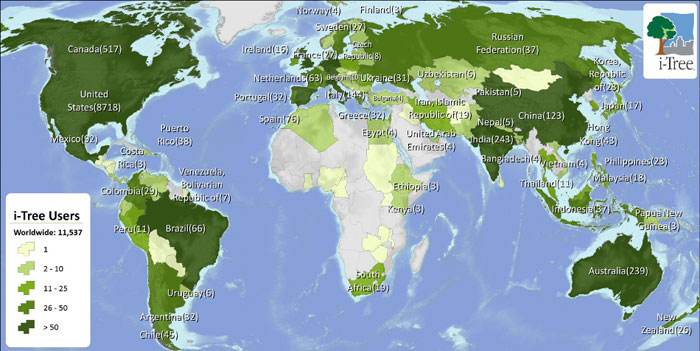
National Tree Benefit Calculator
There are times, however, when we want to measure the benefit of just one tree. The Casey Tree Founation makes this possible with its National Tree Benefit Calculator. The calculator can estimate the value of any species of tree, in any part of the country, simply by typing in your zip code, the species of tree, and its size. We use this in Pottstown to perform a cost-benefit analysis of repairing sidewalks damaged by tree roots. Yes, trees can damage sidewalks, we point out, but the trees quickly pay for themselves in economic and environmental benefits. Here's an example:
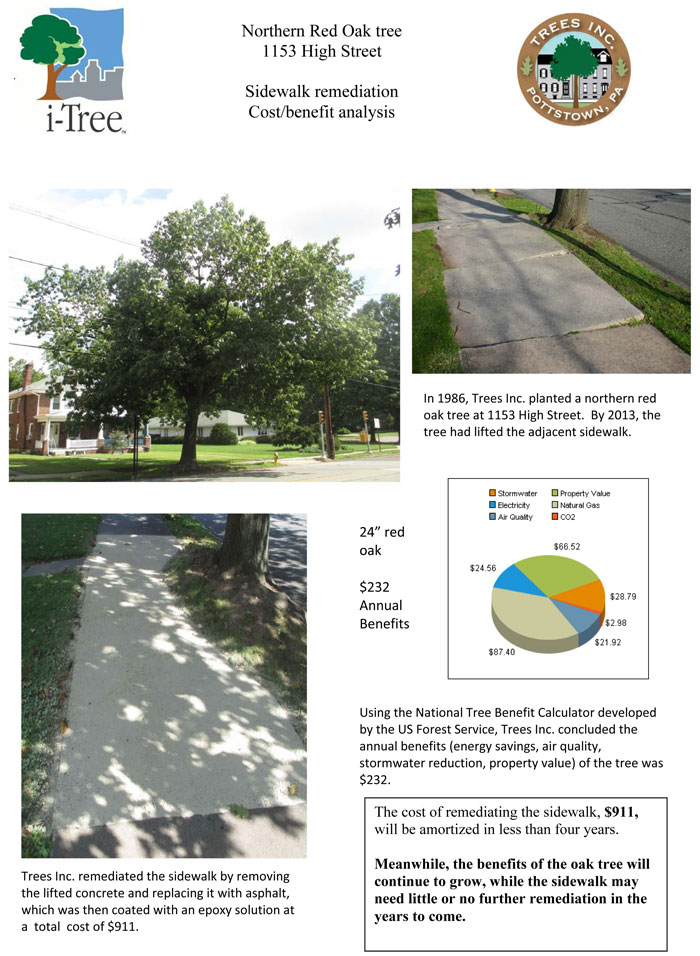
Urban Tree Canopy Assessment
In addition to a tree inventory, it's very useful to know the size of your community's tree canopy. erh's most primitive countries. Working with the University of Vermont, the U.S. Forest Service has developed an Urban Tree Canopy Assessment program to quantify the tree canopy in any city or town and suggest the potential for more trees.
Trees Inc. has used this program to produce a draft urban tree canopy assessment for Pottstown which should be finalized shortly.

DeepRoot tree experts
James Urban of Annapolis, Maryland, is perhaps the country's most highly regarded expert on trees in the urban environment. He writes for a highly informative blog called deep root. DeepRoot is also a 40-year-old company which strives "to enhance urban forests and surrounding watersheds in city street, parking lots, campuses, and other heavily-paved areas."

Sacramento Tree Foundation
Sacramento. California, is one of the loveliest and greenest cities in America. The Sacramento Tree Foundation has one of the most ambitious and carefully considered tree planting programs in the nation which can serve as a model for the rest of the nation.Treevitalize
Ten years ago, the Pennsylvania Department of Conservation and Natural Resources launched a program called Treevitalize to plant 1 million trees by giving grants to municipalities and non-profit organizations throughout the state. Organizations may apply up to twice a year for grants of $10,000 to $30,000, depending on the size of the municipality.
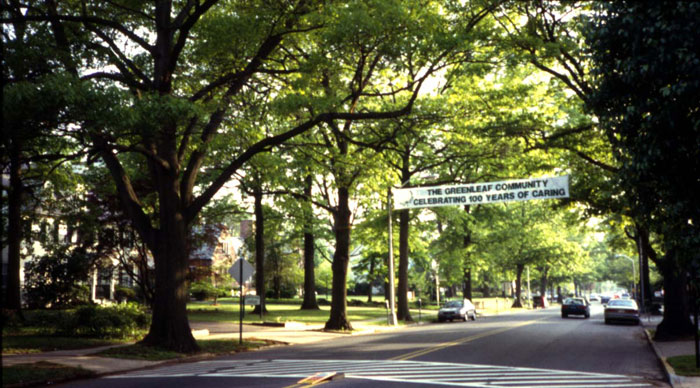
Other organizations
There are an abundance of other organizations with information about tree planting in Pennsylvania and elsewhere. Among them are:
American Forests, the nation's premier forestry association.
The Pennsylvania Horticultural Society, based in Philadelphia.
Tree Pittsburgh, based in Pittsburgh.
And while you're Googling, you might look at this two-minute video, the Hummingbird, by the late Wangari Maathai, who won the Nobel Peace Prize in 2004 for founding the Green Belt Movement, focused on the planting of trees, environmental conservation, and women's rights.

